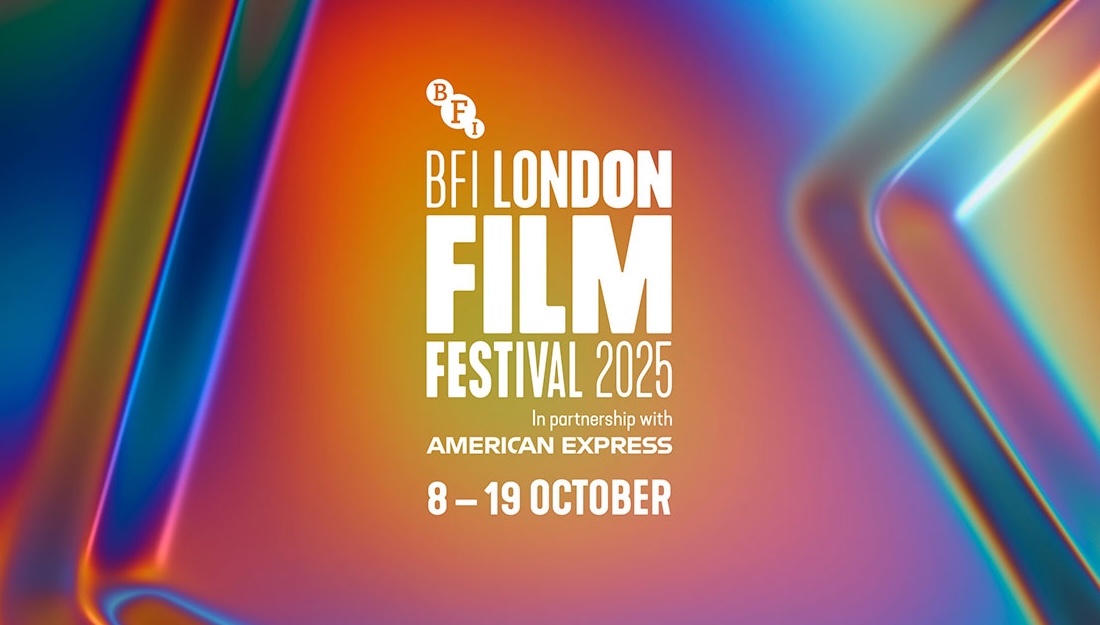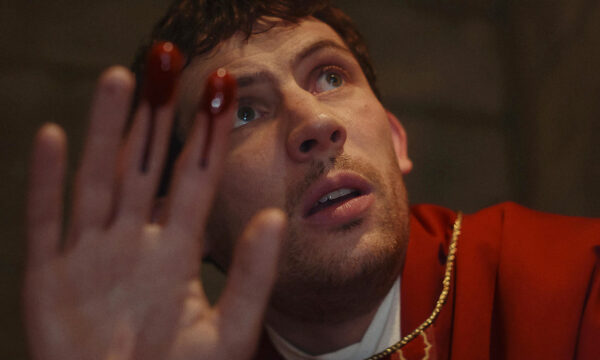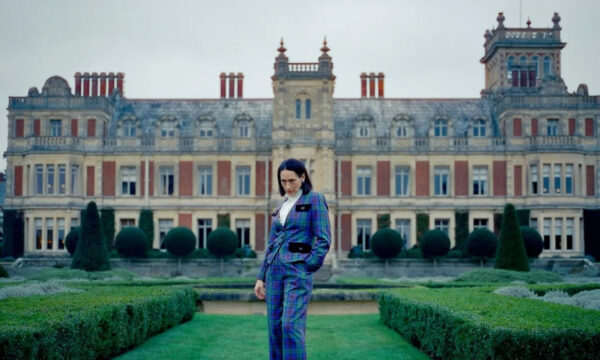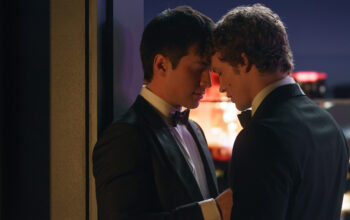The Son and the Sea

Telling a story of escapism and the volatile complexities of male friendships, The Son and the Sea is a beautiful coming-of-age movie directed by Stroma Cairns. It stars Jonah West, Stanley Brock, Connor Tompkins and Grant Lindsay, four boys whose lives become entangled in a quiet seaside town as they struggle through drugs, absent fathers, and the desperation to find purpose in life. Jonah is the protagonist – his return to his home town catalyses a series of events in which he and his friend Lee meet two local deaf boys and form unexpectedly strong bonds. The simplicity of the premise allows for the exploration of universal themes of loneliness, stagnation, and fraught family relationships. But it’s the individual characters – their charming personalities and intriguing perspectives – that colour the picture with something fresh and heartbreakingly sentimental.
The Son and the Sea brilliantly capture the intricate nuances in boyhood and the culture of emotional suppression in men. Cairns’s feature expands on this through the different character dynamics. There’s Jonah and Lee’s delicate friendship: having known each other for a long time, they have plenty of ammunition to use when their silly little fights take a serious turn. Still, even with no apologies, they find themselves falling back into an easy rhythm with each other. Then there’s the misunderstanding between Charlie, Luke and Sandy: the secrecy, betrayal and forgiveness. Furthermore, this theme isn’t only present in the connections that form on-screen, but also in the heavy absence of other male presence. Beyond that, women play a vital role throughout the piece. Silent, passive, and often with little to no dialogue, their impact echoes strongly and resonantly, standing as the emotional anchor throughout the picture that penetrates through the hard walls of forced apathy among the boys.
Cairns’s script – which she co-wrote with her mother Imogen West – provides a solid foundation, but it’s the immaculate performances of the actors that bring the story to life. Jonah is specifically striking. He’s hard and rough around the edges with an air of childish petulance. But there’s an endearing vulnerability to him that’s alluring to watch. It’s seen in his interactions with his great-aunt suffering from dementia, and in the duality in his friendship with Lee. Another excellent performance is Tompkins’s Charlie. Charlie is charismatic and extremely caring, but there’s a dangerous spark of anger simmering underneath. This is best seen in his explosion towards Sandy. Cairns’s and Imogen’s highlight that, while these characters and their lives intersect, they have individual arcs that are separate from their friendship. Everyone has a story to tell, and not everyone’s story is resolved at the end of the film. This is a tender and honest reflection of reality.
The approach to production marvels in the peaceful crash of water against the shore and the call of the seagulls, truly immersing viewers in the magnificent simplicity of this seaside town. There’s a pastel quality to the colour filters used, creating a vintage and nostalgic look. The high contrast alongside excellent use of shadows and silhouettes adds further to the visual interest of The Son and the Sea, complementing the melancholic and hopeful atmosphere set by the soundtrack. It truly evokes the feeling that although everything is a mess right now, brighter days are yet to come. Quiet and nuanced, with characters that will linger forever in the audience’s hearts, The Son and the Sea is a bittersweet coming-of-age tale deserving of love.
Mae Trumata
The Son and the Sea does not have a release date yet.
Read more reviews from our London Film Festival coverage here.
For further information about the event, visit the London Film Festival website here.



























Facebook
Twitter
Instagram
YouTube
RSS